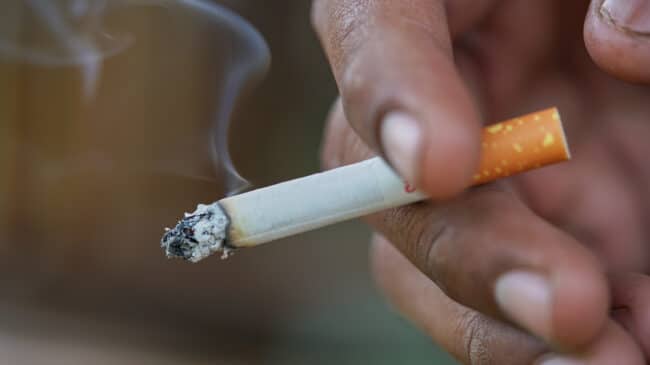The government, at state and federal levels, imposes excise taxes on combustible cigarettes. Principally, the taxes serve to offset the costs smokers impose on non-smokers through increased healthcare demands, deter use (especially among minors), and raise revenue.
Since the Food and Drug Administration (FDA) was tasked with regulating tobacco products in 2009, a host of safer nicotine alternatives to cigarettes have entered the market, including e-cigarettes, modern oral nicotine, and heated tobacco. The FDA has authorized these products as part of a harm reduction strategy so that smokers who are unwilling or unable to quit cigarettes through traditional methods can switch to safer forms of nicotine. The FDA recognizes a “continuum of risk” in nicotine products, with cigarettes being the most dangerous and e-cigarettes, heated, and oral nicotine products being far less dangerous.
Because these products are substitutes for traditional cigarettes and pose a fraction of the risk, it’s necessary to tax them differently. Cigarette taxes are often labeled “sin taxes,” but taxes on safer alternatives to cigarettes should be considered “virtue taxes,” as they penalize consumers for switching to safer products. Safer nicotine alternatives do not pose risks to bystanders through second-hand smoke, and they lower future healthcare expenditures on smoking-related diseases. Because smokers are disproportionately from lower-income backgrounds, taxes on safer nicotine alternatives don’t just disincentivize switching, they also represent a regressive form of taxation.
What is risk-proportionate taxation, and what are the benefits?
- Taxing nicotine and tobacco products proportionate to their risk means taxes on safer products should always be substantially lower than those on cigarettes if they are to be taxed at all.
- The wider the tax gap between cigarettes and safer alternatives, the more smokers are incentivized to switch, improving their short- and long-term health.
- Under a system of risk-proportionate taxation, regular smokers who switch from cigarettes to safer alternatives would save significant sums of money.
What are the costs of taxing safer nicotine products at the same rate as cigarettes?
- After almost a decade of empirical research, the evidence is clear that higher taxes on safer nicotine products like e-cigarettes result in more smoking of traditional cigarettes.
- For every e-cigarette pod unsold due to an excessive e-cigarette tax, 1.9 extra cigarette packs will be sold.
- For every three pregnant women who don’t use e-cigarettes due to increased taxes, one will smoke cigarettes instead, causing significantly more harm.
Key takeaway
To maximize the benefits to public health and advance the economic well-being of consumers, policymakers should keep taxes on safer nicotine products lower than those on combustible cigarettes.

